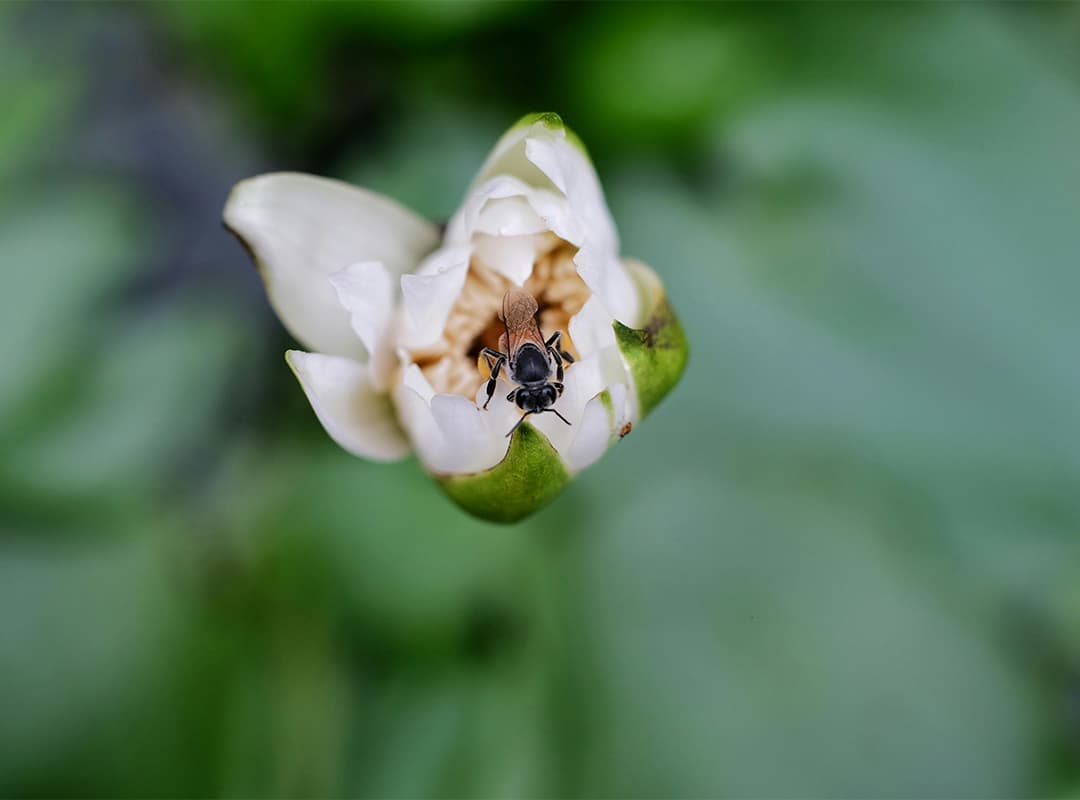New Zealand, known for its unique biodiversity, is home to many endemic species, including parasitoid wasps. These insects play a key role in maintaining ecosystems by controlling populations of other insects and preventing overbreeding. In this article we will look at New Zealand’s parasitoid wasp taxonomy, their classification, species diversity and their importance to the local ecosystem.
Parasitoid wasps: Main characteristics
Parasitoid wasps are a group of insects belonging to the order of webworms (Hymenoptera). These wasps lay their eggs on or inside the bodies of other insects such as caterpillars, beetles or aphids. The wasp larvae develop by eating their host, which eventually leads to its death. This behavior makes parasitoid wasps important natural regulators of pest populations.
Parasitoid wasps are divided into several families, each differing in morphology, behavior, and host specificity. Representatives of such families as Ichneumonidae (Ichneumonidae), Braconidae (Braconidae), Chalcidoidea (Chalcidoidea) and others are found in New Zealand.
Families of parasitoid wasps in New Zealand
Ichneumonidae
The family Ichneumonidae is one of the largest families of parasitoid wasps, with thousands of species worldwide. In New Zealand, members of this family play an important role in controlling insect pests. These wasps are characterized by a long body and a distinctive ovipositor structure, which is used to lay eggs in the host.
Ichneumonid species in New Zealand are highly specific in their host selection, making them effective agents of biological control. For example, one common species, Agrypon flaveolatum, specializes in parasitizing the caterpillars of various butterflies that damage agricultural crops.
Braconidae
The family Braconidae is also widely represented in New Zealand. These wasps tend to be smaller than the ichneumonids, but play an equally important role in the ecosystem. Braconids are characterized by a variety of life cycles and host types. In New Zealand, they often parasitize caterpillars and other insects that are pests of forests and agriculture.
Braconidae include species such as Apanteles glomeratus, which parasitizes squirrel caterpillars as an important factor in their natural control.
Chalcidoidea
Chalcidoidea is a broad superfamily of small parasitoid wasps, many of which are also common in New Zealand. These wasps are known for their miniaturized size and high efficiency in controlling insect populations. They often parasitize the eggs and larvae of other insects, preventing their development.
In New Zealand, chalcidoids play a key role in controlling pests such as aphids and small caterpillars. One well-known representative is Encarsia formosa, used for biological control of whiteflies in greenhouses.
Endemic and introduced species
New Zealand has a rich history of both the introduction of new species and the conservation of endemic fauna. Some species of parasitoid wasps have been introduced by humans to control invasive insects that threaten agriculture and local ecosystems. An example is the introduction of some species from the braconid family to control leafhoppers, which have no natural enemies in New Zealand.
Endemic wasp species also play an important role in local ecosystems by maintaining balance and preventing overbreeding of insect pests. For example, endemic species in the family Ichneumonidae specialize on local insect species, many of which are also endemic.
Taxonomic studies and their significance
Taxonomy of parasitoid wasps is an important area of research aimed at species identification, description and classification. In New Zealand, this research is of particular importance as the country has a unique fauna and flora. Describing new species and studying their biology and ecology helps to better understand how they interact with their environment and how they can be used in biological control.
Molecular techniques such as DNA analysis are playing an increasingly important role in taxonomic studies. They can clarify relationships between species, as well as identify new species that are difficult to distinguish on the basis of morphological characters. In New Zealand, such studies are helping to clarify the taxonomy of both endemic and introduced wasp species.
The taxonomy of New Zealand’s parasitoid wasps is a complex and important area of research that contributes to a better understanding of the role of these insects in ecosystems. The diversity of species, their adaptation to local conditions and their role in biological control of pests make parasitoid wasps key elements in maintaining ecological balance. Research in this area continues to expand our knowledge and opens up new opportunities for sustainable management of natural resources.
